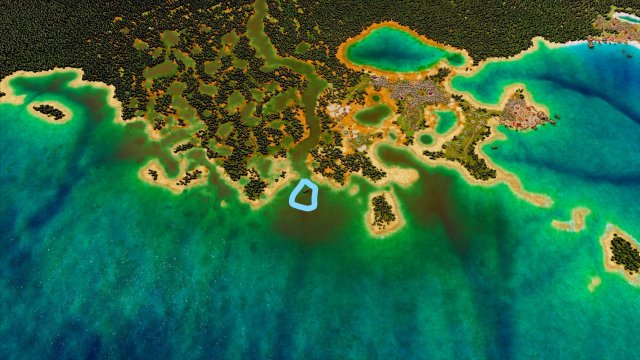

If it's really low, well, not a whole lot happen.

Get your popularity high enough by trading the right goods and avoiding the wrong ones, or by doing missions, and you unlock the ability to construct buildings in a town, or hire more sailors there. While Port Royale 3 spends a great deal of time on tutorial videos, hand-holding, and tooltips for the control system, it totally fails to give you a sense of context for what you're doing.įor example, there's a complicated popularity system for your alter ego, both with individual cities and the countries that control them, but it comes off feeling like an abstract number that goes up and down based on simple, controlled stimuli. In point of fact, though, you spend most of your time in either game mode simply looking at an overhead map of the Caribbean and aimlessly sailing around. You can choose to play the main campaign as a trader or as an adventurer: the latter option ostensibly makes this a fire-and-brimstone, crossed-cutlasses action game, while the former is for those players who prefer microeconomic challenges.

You're a sea captain, working (at least initially) for Spain. If you like maps of the Caribbean, you'll get plenty of looks at one in Port Royale 3.
Port royale 4 vs 3 simulator#
In that sense, Port Royale 3 is an accurate simulator of Age of Sail living for most people: not much happens, ever. They owned shops, traded stuff with each other, had the occasional setback, and generally woke up every morning to a day that would be substantially similar to the last. We tend to think of the Age of Sail as a time of swashbuckling pirates, lusty women, and fortunes to be made in Inca gold, but the truth is that most of the time, it was a pretty basic, scrape-to-survive lifestyle for the people who really lived it.


 0 kommentar(er)
0 kommentar(er)
